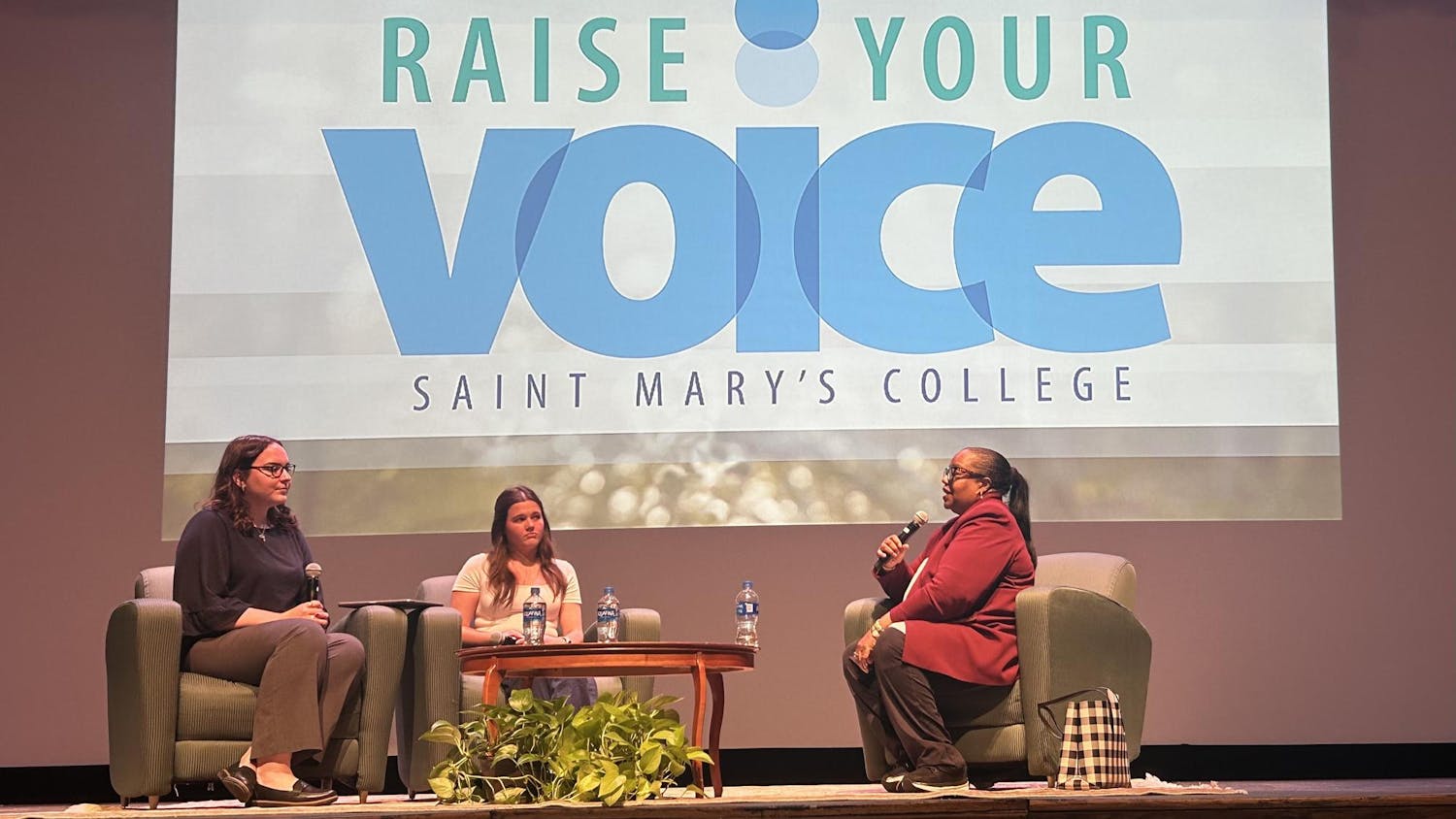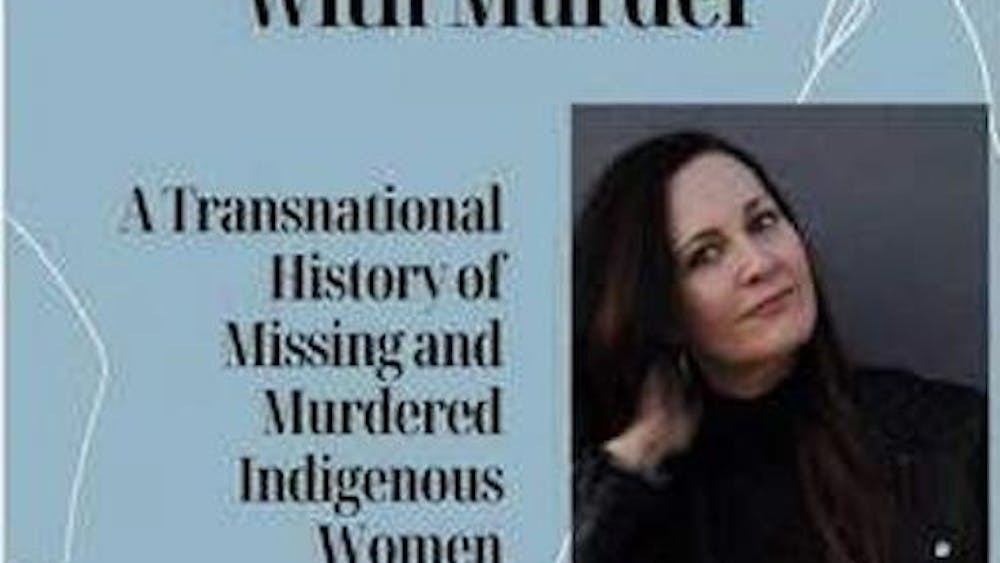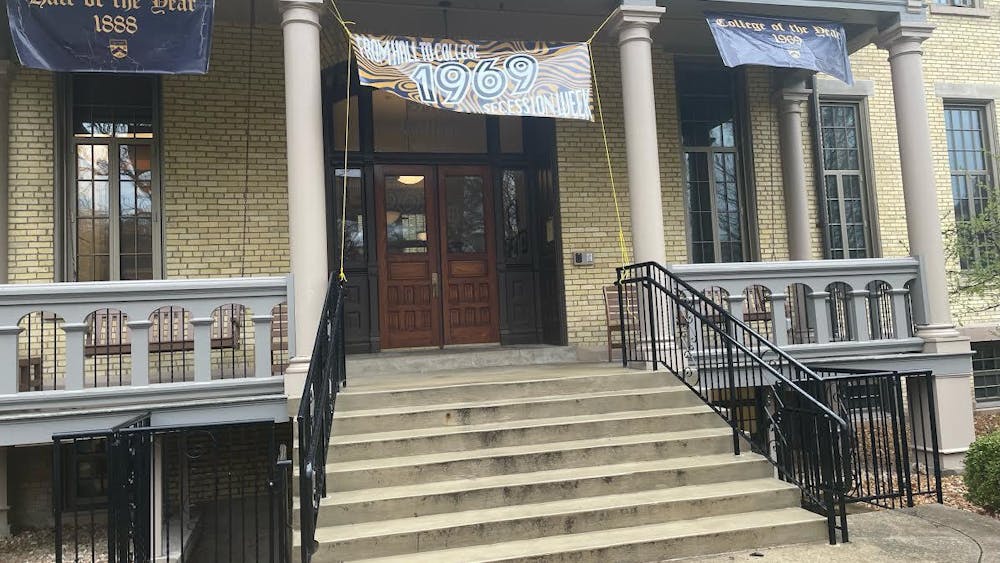The Architecture Library recently made two collections widely available by developing a website to showcase the archives of a small Florida town and an iPad app to pull together the library’s rare books on the Roman Forum.
Architecture librarian Jennifer Parker, who oversaw both projects, said the School of Architecture was interested in Seaside, Fla. because it was the first town to use the New Urban style of architecture, an “argument against suburban sprawl” which emphasized traditional city design.
“New Urbanism states that a mixed-use, walkable community will yield a better quality of life,” Parker said. “Seaside was designed in the early 1980s to test this theory.”
Parker said the University acquired the town’s archives from Robert Davis, Seaside's founder. She said the library would house the archives and create a permanent exhibit on the town in addition to digitizing documents and maintaining the Seaside Research Portal, a collaboration between the Architecture Library and the School of Architecture. The Architecture Library provided content for the project, while the Digital Library Services Department developed the program and OIT Academic Technologies produced the panoramic images.
Portal users can view the town’s building plans, its codes and profiles of its architects. The site also has a “virtual tour,” where users can click on spots on a map of Seaside and see a panoramic view of the town.
Parker said the portal is a research tool for architecture students, some of whom go to Seaside for an architecture studio class taught by Lucien Steil.
“They study from the portal first before they go there,” she said. “They research the history of Seaside. [The site] contains original essays written by the founders of Seaside, so they study those. There’s the about section of Seaside, and it has [information] about building Seaside and about building the portal, and it has the history of the founding of new urban community by Robert Davis.”
In addition to the Seaside archives, Parker said SPQR-ND, an iPad App showcasing the Roman Forum, was developed as a resource for architecture students studying in Rome to have access to the Architecture Library’s rare books in the city.
“The idea is to showcase traditional library materials like rare books in a new and exciting way, to make students interested in using library materials,” Parker said. “... Students spend an entire year in Rome, and this way we’re able to provide access to the rare books in this application.”
Users of the app can choose any building or monument in the Forum and see a description of the structure and architectural drawings of the buildings dating back hundreds of years, Parker said. Users can also superimpose historical maps of the Forum over a current satellite view.
Michael Lykoudis, Dean of the School of Architecture, said the digital projects provide a unique insight into how cities change over time.
“To understand [the] layering of time is essential, and what modern technology allows us to do is illustrate that quickly and effectively," he said. "It can be done in other ways too, but the digital technology makes it more accessible to a really broad audience, including our students.”
Parker said architecture students were involved in both projects, writing content for the site and the app, helping with the design and conducting research on the buildings. She said students' drawings are on the Seaside portal along with the architects'.
“We like to put the students’ work alongside the professional architects’ so they can use it as a tool to promote their work, so they can put it on their resume when they graduate,” Parker said. “Students have written essays on their work and on other people’s work.”
Fifth-year architecture student Courtney Haddick said she is working on a bibliography for the archives and plans to conduct video interviews with the Seaside's architects. She said working on the project allowed her to practice filming, introduced her to undergraduate research and taught her how to use library resources.
“I have such a better understanding of how to utilize a bibliography to find other resources, or how to utilize different search engines on the library website,” Haddick said “... I learned in my classes how to use some of them to look for articles, but it had never been put into practice, and now I’ve actually learned a lot. ... I’ve used my search skills for my other classes, and for my thesis.”
Parker said the library was working on a website similar to the Seaside portal showcasing the history and architecture of South Bend, and she hoped to expand SPQR-ND to include the entire city of Rome. She said both digital projects would serve as a “template” for future projects.
“Seaside came about as, 'how can we provide access to archival materials in a new and exciting way?'” Parker said. “And then SPQR-ND came about as, 'how can we provide access to rare books in a new and exciting way?' ... It was always this concept of, 'how can we build something, and then use the same tools that we designed for this in another site, so that we didn’t have to reinvent the wheel every time we wanted to try a new project?'”













